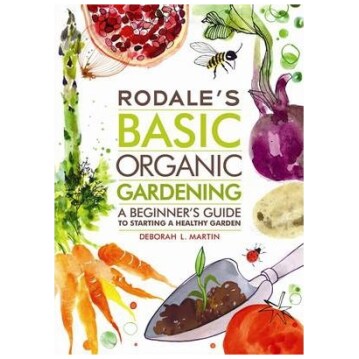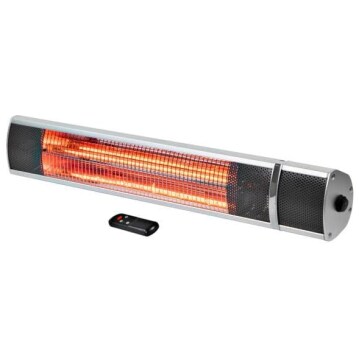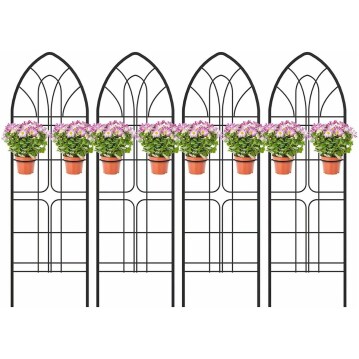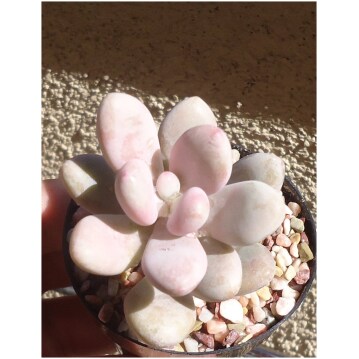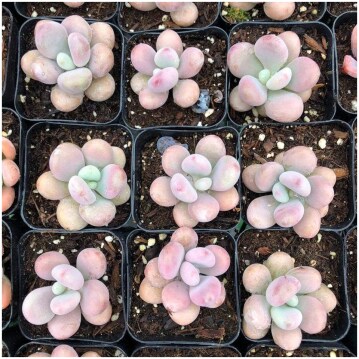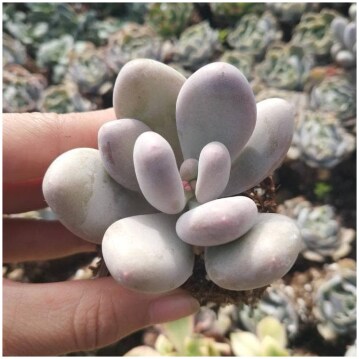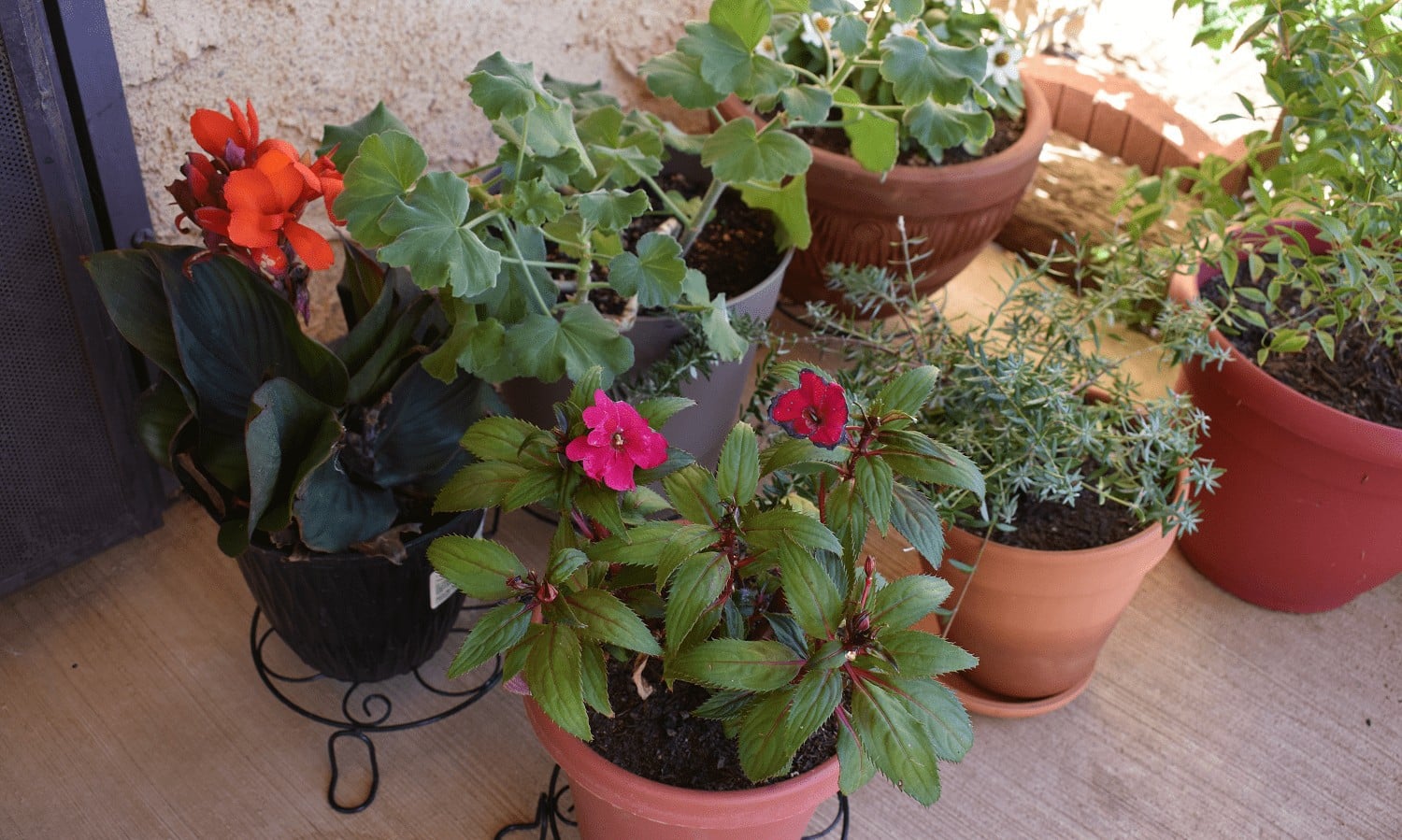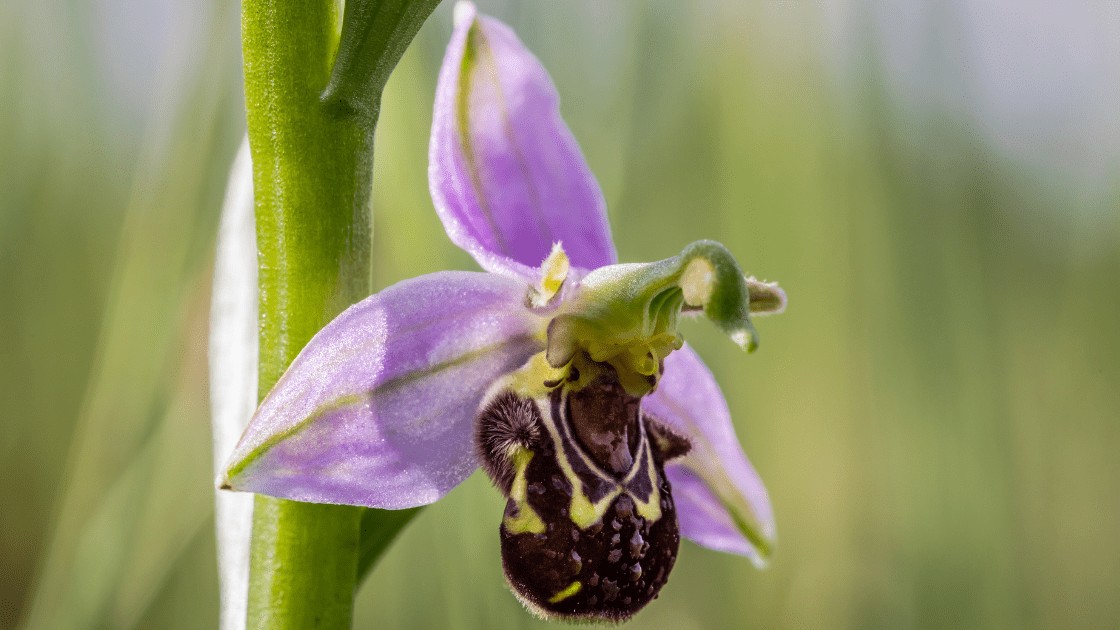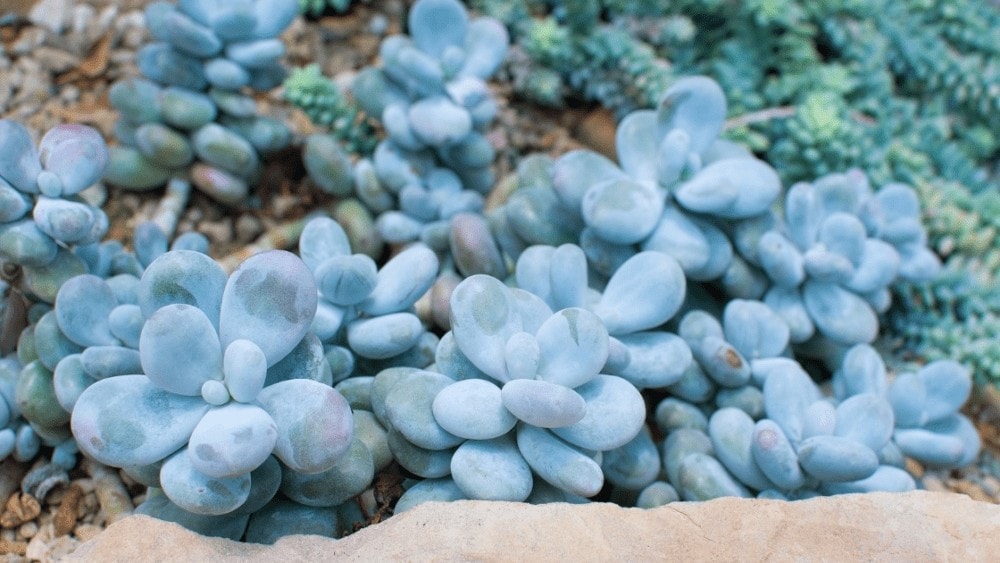
If a Moonstone succulent is stressed, or given improper growing conditions, its leaves may start shrinking and the whole plant may appear to be dying. This is a relatively easy to diagnose and fix problem and even if you manage to kill the succulent, each one of its surviving leaves can be rooted and give life to a new plant.
In this article, we’ll take a closer look at what can lead to problems with this succulent, why it may be dying, how to diagnose and fix the issue and will go over its growth requirements in detail. Let’s get right into it!
Moonstone Background
Moonstones (Pachyphytum oviferum) are lovely succulents that form tight clusters of almond-shaped, pale green leaves. Because of their appearance, they’re also commonly known as ‘sugar almond succulents’ or ‘sugar almond plants’. Those succulents come from Mexico and are very easy to care for – they like moderate temperatures, plenty of sunlight, require no winter rest and are very easy to propagate via leaf cuttings.
Browse our Affiliate Products
What Can Cause Moonstone Succulents to Shrivel and Die?
Leaf shrinkage is obviously a sign of dehydration, but that doesn’t mean that the problem can be fixed by more water. In fact, the reverse is usually true when it comes to succulents – over-watering is one of the most common causes of wilting, leaf shrinkage and eventual death.
We’ll explain exactly why this happens in a minute. Let’s go over the three most common causes of shrinkage in moonstone succulents and learn how to identify them and fix them!
To find a wide variety of succulents, Check out our affiliates below.
Heat stress and loss of too much water
This is an obvious one and is easily fixed by moving the plant to a more shaded spot and watering it thoroughly. Although succulents are very good at retaining water and dealing with the scorching sun rays, specimens that are used to growing indoors sometimes aren’t acclimatized to those conditions.
If your succulent starts shrinking shortly after it’s placed outside in the direct sun, this is a clear indicator that it needs to be slowly acclimatized by first placing it in partial shade and exposing it to more and more direct sun over a period of around one to two months. During this period, the plant responds to the heat stress by increasing its root mass and reducing the water loss through its leaves.
Over-watering
Most succulents, including the moonstone succulent should be watered thoroughly, but not frequently. Often, the worst thing you can do to your Moonstone plant is to give it frequent/daily watering with small amounts of water.
The water displaces most of the air in the root zone and the roots get deprived of oxygen, limiting their capacity to absorb water. Over time, anaerobic bacteria set in and the roots start irreversibly rotting. This is a very common phenomenon that almost all succulent lovers eventually encounter and learn to deal with. If the problem is temporary and is caused by root suffocation, letting the soil dry up should fix the problem. If root rot has started, repotting may be necessary.
Root rot
This can be caused either by frequent over-watering, or by poor, compacted soil that lacks proper aeration. Sometimes, root rot can also develop inexplicably due to various unknown reasons like an imbalance in soil bacteria or over-fertilization.
Either way, this is the most difficult problem to fix and fixing it involves uprooting the whole succulent, removing dead (black) root tissue and repotting the plant in a fresh cactus potting mix. While the plant is recovering it will have reduced capacity to absorb water, which requires it to be moved away from the direct sun for up to 3 months.
In severe cases where a lot of the root has rotted away, a humidity dome may also be used temporarily to further limit the loss of water through the leaves while the plant recovers. To continue reading about how much rot damage a succulent can have, check out our other article here, How much root damage can succulents tolerate?
Other causes
Lack of sunlight can starve the succulent of energy, leading to problems with water transport and subsequent leaf shriveling. Excessive fertilization can cause osmotic stress on the root system, making it difficult for the plant to absorb water.
If you suspect that you’ve over-fertilized the plant, water it abundantly with plain water to flush the accumulated fertilizer salts from the soil. Rampant bug infestation can also spell death for the succulent, which is why it’s a good idea to periodically inspect the leaves for tiny bugs.
What Other Problems Are Common In Moonstone Succulents?
Apart from the root rot issue we explained above (and which is common in all drought-tolerant succulents), moonstone succulents aren’t particularly prone to problems.
Keeping this succulent in good general health, by giving it plenty of sunlight and planting it in a proper soil mix will make it much more resistant to bug infestations and other diseases. However, an Aphid or Mealybug infestation is always a possibility even in healthy plants. Those pests are easy to spot and can be taken care of by using soap water or isopropyl alcohol sprays.
Optimal Growing Conditions For Moonstone Succulents
As we already mentioned, the Moonstone succulent is very easy to take care of. It is relatively slow-growing and you can expect each of its branches to grow at at a rate of 1 to 3 inches per year, depending on the light intensity and fertilization provided. It’s important to note that this succulent experiences summer dormancy and flowers during the winter. This means that unlike most plants, it enters its dormancy phase when the temperatures get too high. We’ll go into more detail on this in a bit.
How much sunlight is needed?
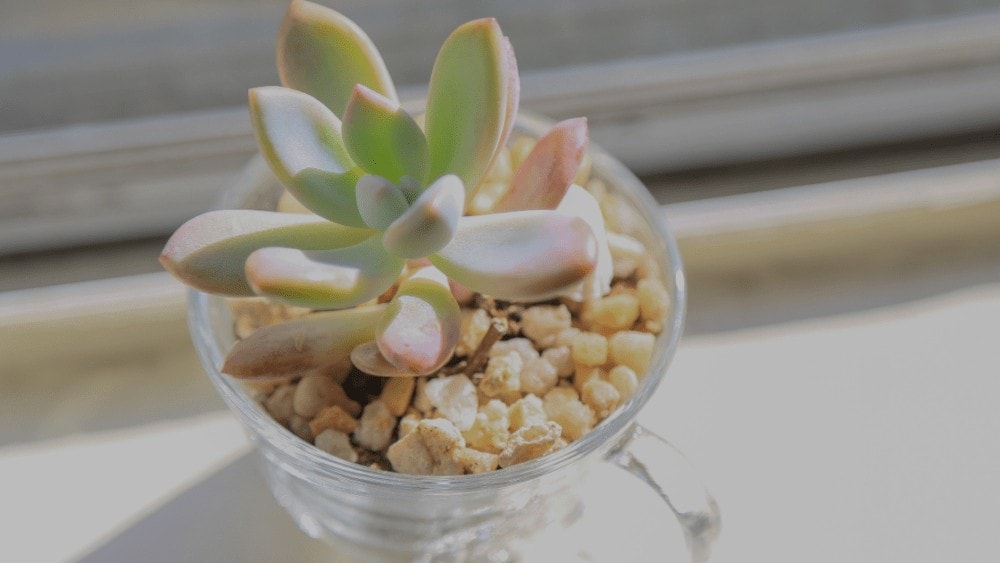
Moonstone succulents can easily deal with direct sunlight, but store-bought specimens may not be acclimatized properly to it. If you notice leaf shrinkage, move the succulent to a more shaded location.
Giving the succulent a lot of direct sunlight during the summer will ensure that it flowers during the winter when the temperatures start to drop. Artificial LED lighting is also a good option for this succulent, but unlike the sun, LED lights don’t supply much heat and may not trigger the plant to enter its summer dormancy. The long-term effects of this lack of dormancy are not clear.
What temperature is best for good growth?
This is a Mexican succulent, which means that in its natural habitat, it almost never encounters temperatures lower than around 50F (10C). It’s highly recommended that you never let the ambient temperature drop below 40F (5C).
Generally speaking, the fastest growth and highest photosynthetic efficiency will occur at temperatures of around 70F (20C), which is easy to achieve during autumn and spring. High heat during summer triggers dormancy and greatly limits growth, but this may be necessary to keep the plant happy long-term.
What type of soil is required and should you apply fertilizer?
Unsurprisingly, this succulent likes an airy, well-draining soil. General purpose cactus potting mixes work well and during the growth phase (autumn – spring), it’s a great idea to apply diluted cactus fertilizer once monthly.
How far should multiple Moonstone succulents be spaced in a pot when propagating via leaf cuttings?
Moonstone succulents don’t have much trouble growing in crowded pots. Because of their thick leaves, multiple plants tend to ‘push’ on each other, separating into different direction of the pot.
Unlike non-succulent plants with broad leaves that tend to ‘fight’ for sunlight and shade one another, this is not a problem for this succulent and you can plant multiple plants as closely as you like. 1 to 4 plants in a 6-inch diameter pot is probably ideal.
How often should you water and how much?
The general rules for watering succulents apply – let the top layer of the soil dry out a bit before watering again. Because of the thick canopy of older Moonstone succulents, observing the soil humidity or watering them can be a bit tricky.
The leaves have a water-repelling surface, but if you’re not careful, large water droplets can form while you water. Those can concentrate sunlight and create burned spots, but this poses no significant danger to the plant and is purely a ‘cosmetic’ problem.
Can they grow well outdoors and in which USDA zones?
This succulent can survive winter above USDA zone 9b, but it’s highly recommended that you move it indoors on a windowsill during the winter.
This will enable it to grow much faster, as the winter months are its active growth period. However, putting the plant on a very warm windowsill next to a convection heater may also prevent it
from growing well. It’s best to provide a temperature of around 60-70F (15-20C) during the winter, which is obviously not feasible outdoors in most locations.
What Should You Do If Your Moonstone Succulent Appears To Be Dying?
First, make sure that you are adequately providing the plant with its basic growth requirements, which we already went over.
Lack of sufficient light intensity for example is a very common problem with succulents placed indoors and many novice succulent growers underestimate the amount of light necessary for ample photosynthesis.
A desk in a living room often has 100 times lower light intensity (1000 lux) compared to direct sunlight (120,000 lux) – no succulent can survive in those conditions long-term. For more information about lighting, check out our article relating to succulents here, How to Properly Light a Terrarium: Artificial vs. Natural Lighting
If you’re sure that you’re giving your Moonstone succulent enough light and watering it properly, but it still isn’t doing well, the best solution is to repot it in some fresh cactus potting mix and see if it bounces back. When it comes to succulents, mysterious symptoms of poor growth or leaf discoloration are often caused by poor root health and repotting often fixes the problem.
Does This Succulent Deal Well With Unfavorable Growing Conditions?
The Moonstone succulent is not extremely sensitive to unfavorable conditions – it can temporarily tolerate high heat or low temperatures (above freezing) without any problems.
However, if you don’t provide it with sufficient light intensity or you frequently over-water it, you’ll eventually run into problems of leaf shrinkage, discoloration, root rot and general poor growth. There is no way to compensate for lack of sunlight or an unsuitable soil.
It’s worth noting that just like all succulents, this one can thrive on neglect and overly caring for it may have the opposite effect. Moving it around too frequently, fertilizing or watering it too much can all lead to problems.
It’s not completely clear how well Moonstone succulents deal with not getting their summer dormancy period. A plant that is placed under artificial light indoors year-round may exhibit faster growth and may flower year-round, but may start experiencing problems after a few years of this ‘forced growth’ regimen.
Are There Different Moonstone Varieties And Do They Have Different Care Requirements?
There are a few different cultivars/varieties of Moonstone succulents, including a relatively rare variegated one. However, almost all of the commercially available Moonstone succulent
specimens are the basic cultivar with pale green-purple leaves. There are a few other varieties of Pachyphytum which are not actually a Moonstone succulent, but can be confused with it. P. bracteosum is a good example. Regardless, all Pachyphytum succulents have the same growth requirements, which are largely identical to those of all other thick-leaved succulents.
The only peculiarity of the Moonstone succulent is its ‘inverted’ summer dormancy period, but this is also the case with many other Mexican succulents.
Final Thoughts
The most common cause of leaf shrinkage and wilting in Moonstone succulents is poor root health, which comes as a result of improper (too frequent) watering or compacted soil. It’s also possible for the succulent to temporarily shrivel after excessive watering or heat stress, both of which it can quickly recover from.
However, if the problem develops slowly and steadily worsens, this almost certainly points to a root issue. The best way to remedy the problem is to repot the whole succulent in fresh cactus soil.
Other causes of leaf shrinkage and death are exposure to freezing temperatures, lack of sunlight or excessive fertilization. This is not a succulent that requires much care and it often thrives on neglect.

